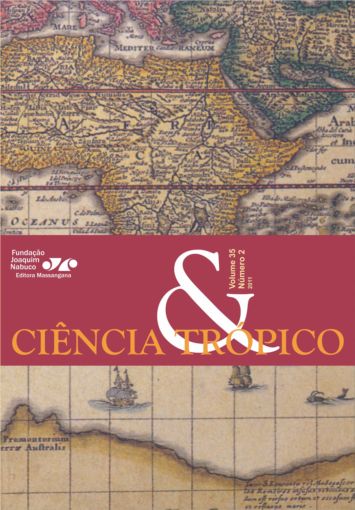The Dekasegi and Pinoy descendants: labor conditions and migrant dynamics of Brazilian and Filipino Nikkeijin wor-kers in Japan
Abstract
ABSTRACT With Japan’s demographic predicament, the Japanese government has started to ease immigration policies specifically for the Nikkeijins. After going through a series of intensive policy debates, the New Immigration Control and Refugee Recognition Act 1990 prompted the issuance of “long-term resident visas” to overseas Japanese descendants up to the third generation and to their non-Nikkeijin spouses. With this revised law, Nikkeijins and their families were allowed to engage in temporary unskilled work in Japan. At present, Nikkeijins from Asia and Latin America are continuously filling the labor shortages of Japanese industries. However, the issue of Nikkeijin migration is more than an economic concern. Being descendants of Japanese nationals, their destination country is also an ancestral homeland- a place so dear to their great grandparents; a supposedly “home” for all the children of the Japanese nation. The government itself declared that Nikkeijins are preferred because of their ancestry and ability to assimilate to the root culture of their forefathers. With this rationale, do these Nikkeijin workers feel the warmth of ethnic homecoming as they live and work in the land of their ancestors? This research compares the experiences of Brazilian and Filipino Nikkeijins as they struggle within the power structure of their kaishas. Looking at the migrant processes and labor conditions, the study uncovers the similar and contrasting experiences of current Nikkeijin migrants in Japan. This paper argues that the perception of assimilation, discrimination and overall migrant condition is shaped by the mechanism of ethnic affiliation. Through life history interviews and ethnographic studies of Brazilian and Filipino migrants, it is evident that the self-assessment of their migrant condition is highly dependent on their sense of national belongingness and ethnic identity. KEYWORDS: Nikkeijin. Migration. Dekasegi. Labor Mobility. Os dekasegi e os descendentes Pinoy: as condições de trabalho e a dinâmica dos trabalhadores brasileiros e filipi-nos Nikkeijin migrantes no Japão RESUMO Com situação demográfica do Japão, o governo japonês começou a diminuir as políticas de imigração, especificamente para os nikkeijins. Depois de passar por uma série de debates políticos intensos, a Nova lei de Controle de Imigração e Reconhecimento de Refugiados de 1990 solicita a emissão de “vistos de residentes de longa duração” para estrangeiros descendentes de japoneses até a terceira geração e para os não-nikkeijin cônjuges. Com essa lei revista, nikkeijins e seus familiares foram autorizados a participar em trabalhos não qualificados temporários no Japão. Atualmente, nikkeijins da Ásia e da América Latina estão continuamente fazendo parte da escassez de trabalho nas indústrias japonesas. Essa pesquisa compara as experiências dos nikkeijins brasileiros e filipinos, que lutam dentro da estrutura de poder de seus kaishas. Olhando para os processos de migrantes e das condições de trabalho, o estudo revela as experiências semelhantes e contrastantes entre os atuais migrantes nikkeijin no Japão. Este artigo argumenta que a percepção da discriminação, assimilação e condição de migrante, em geral, é formada pelo mecanismo de afiliação étnica. Através de entrevistas de história de vida e estudos etnográficos dos migrantes brasileiros e filipinos, é evidente que a autoavaliação de sua condição migrante é altamente dependente de seu senso de pertencimento nacional e sua identidade étnica. PALAVRAS-CHAVE: Nikkeijin. Migração. Dekasegi. Mobilidade de trabalho.Downloads
Download data is not yet available.
Downloads
How to Cite
Vilog, R. B. (2013). The Dekasegi and Pinoy descendants: labor conditions and migrant dynamics of Brazilian and Filipino Nikkeijin wor-kers in Japan. Ciência & Trópico, 35(2). Retrieved from https://fundaj.emnuvens.com.br/CIC/article/view/903
Issue
Section
ARTIGOS


